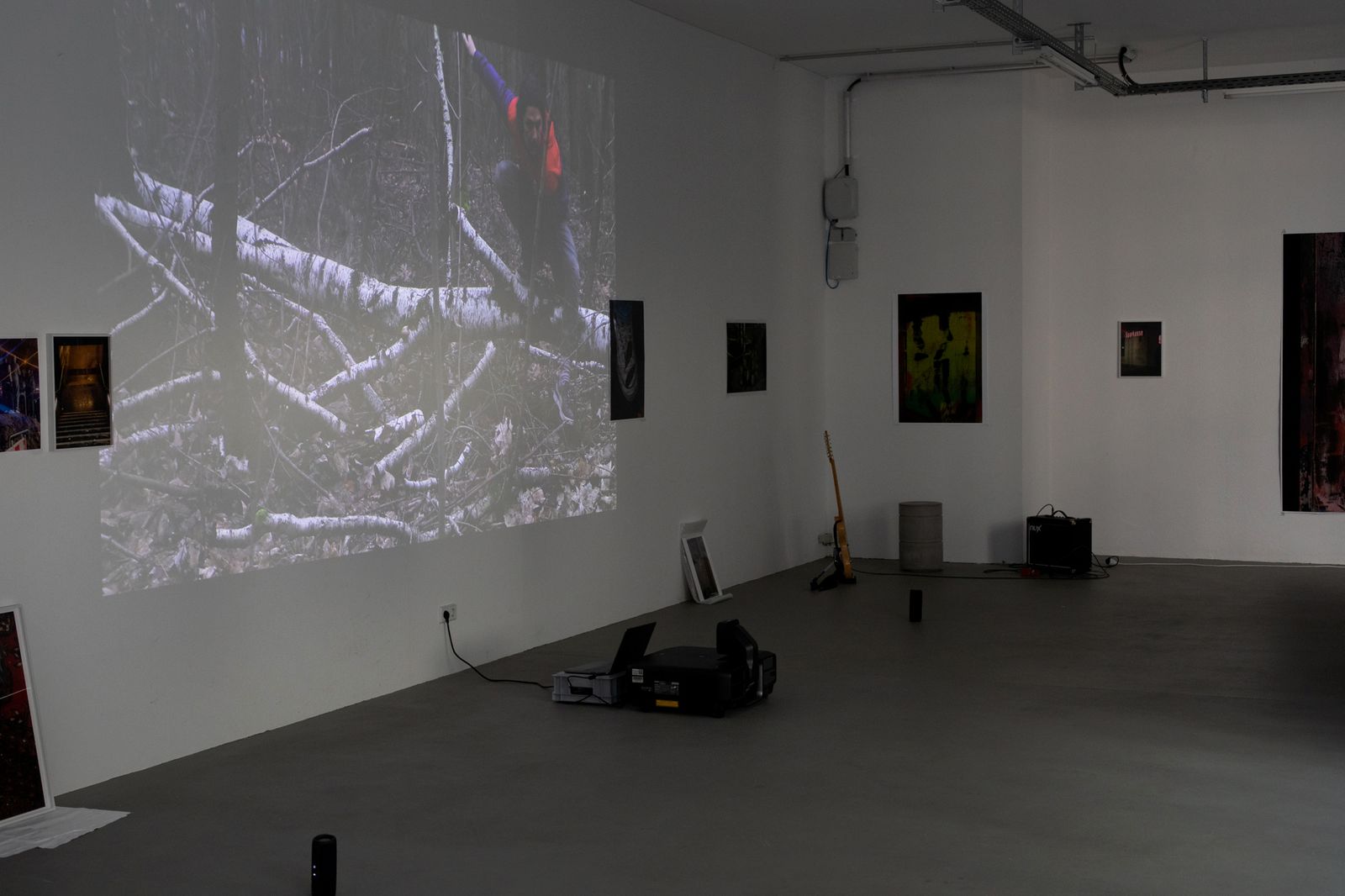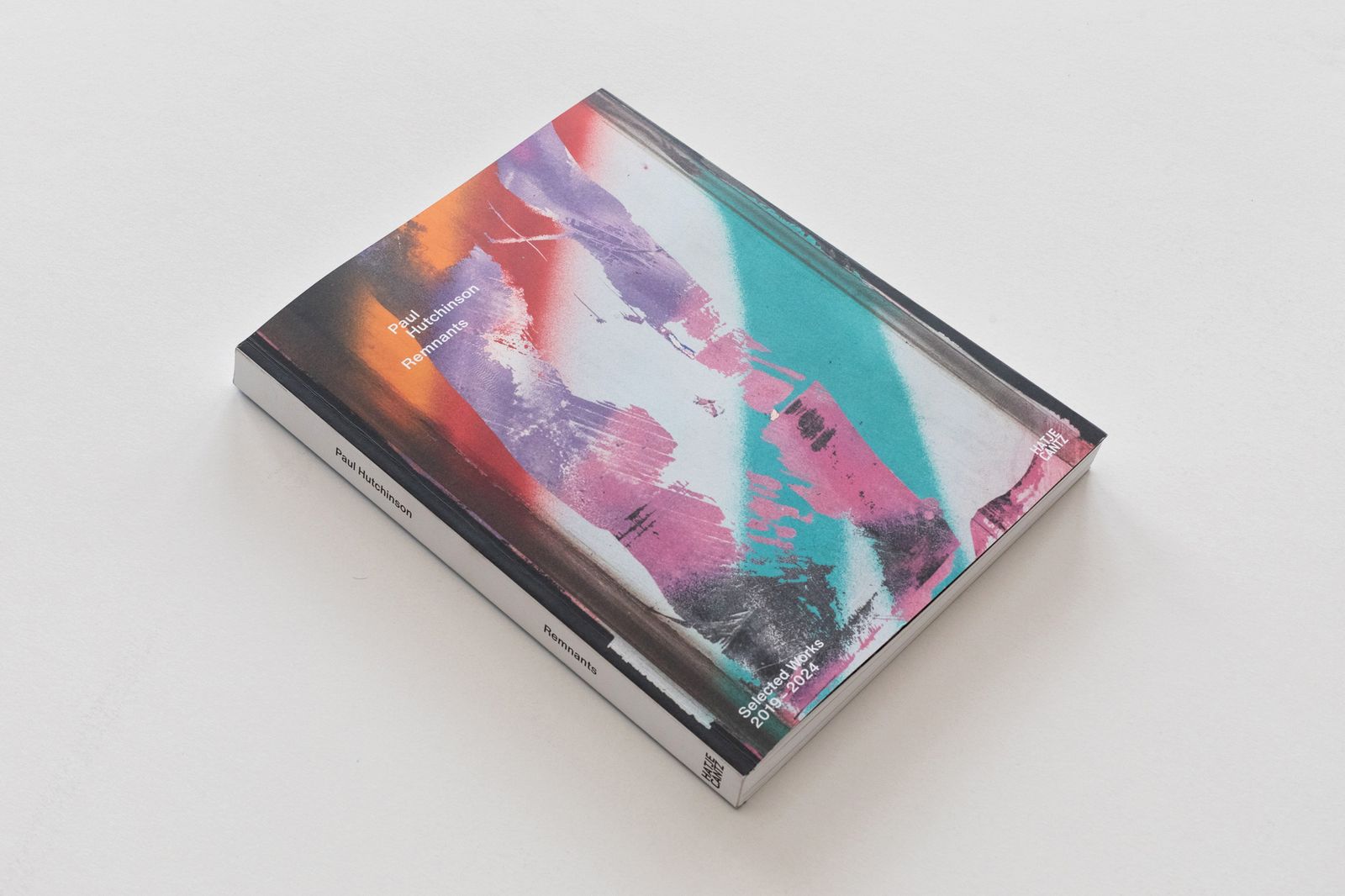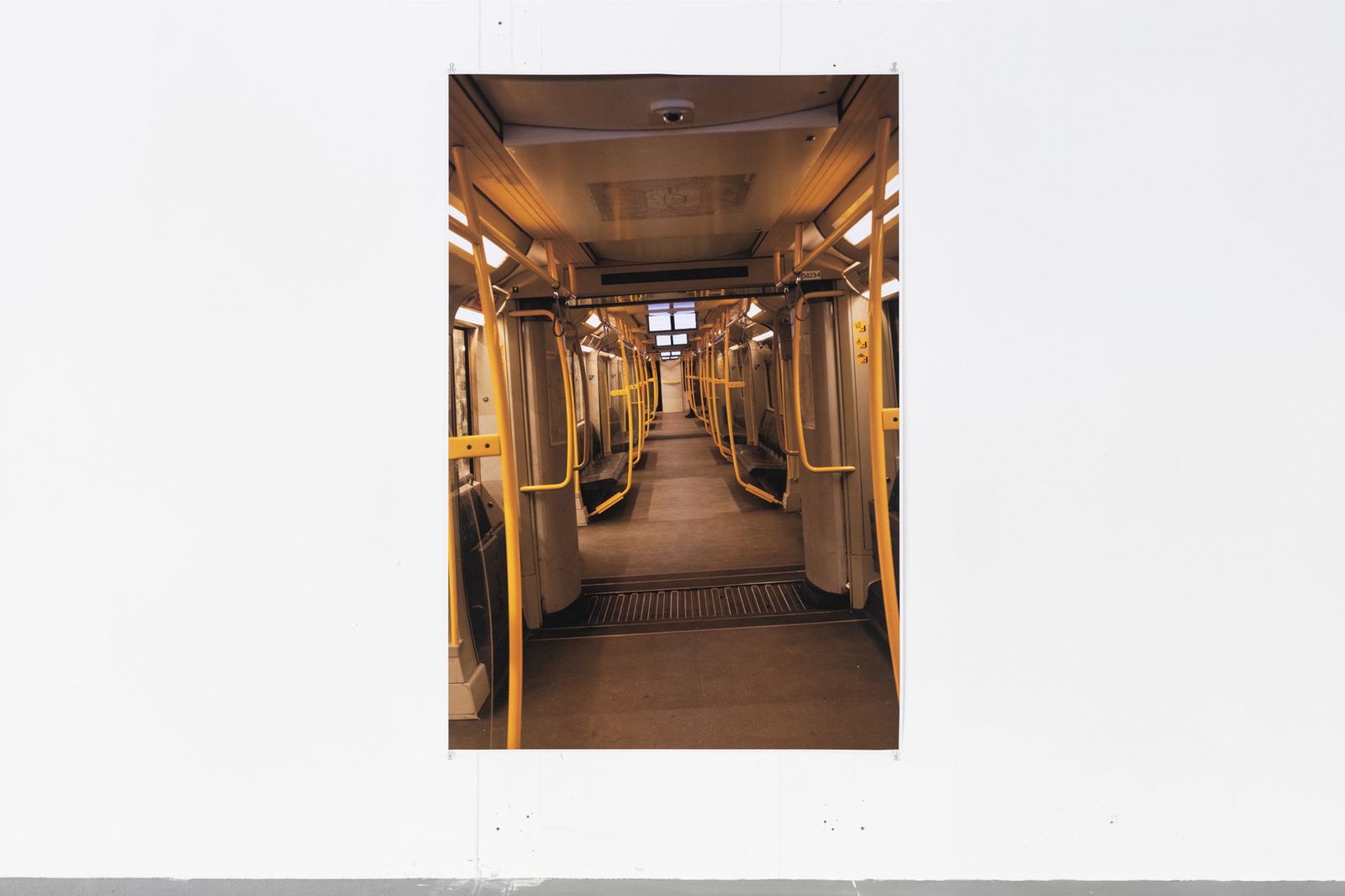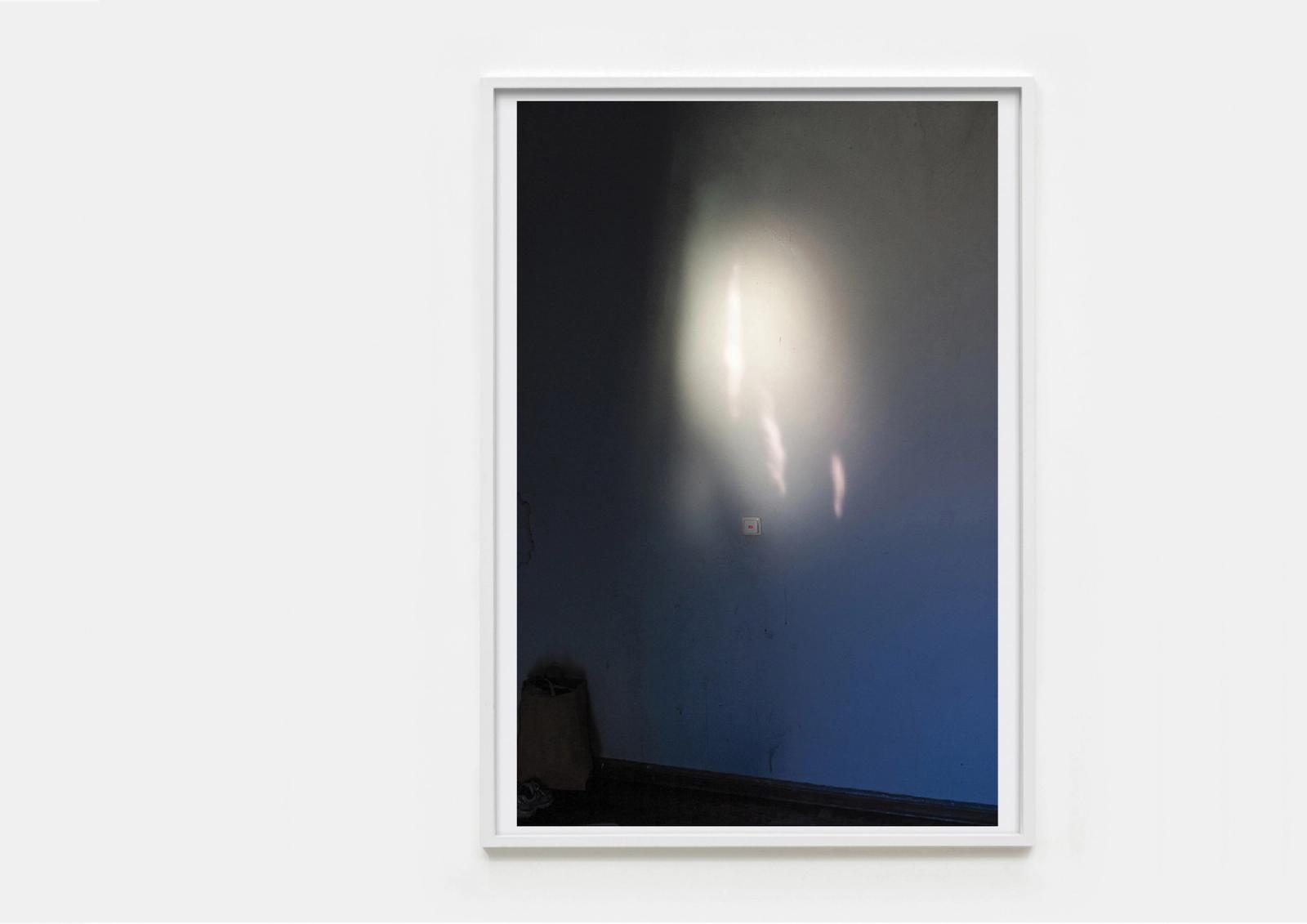Paul Hutchinson
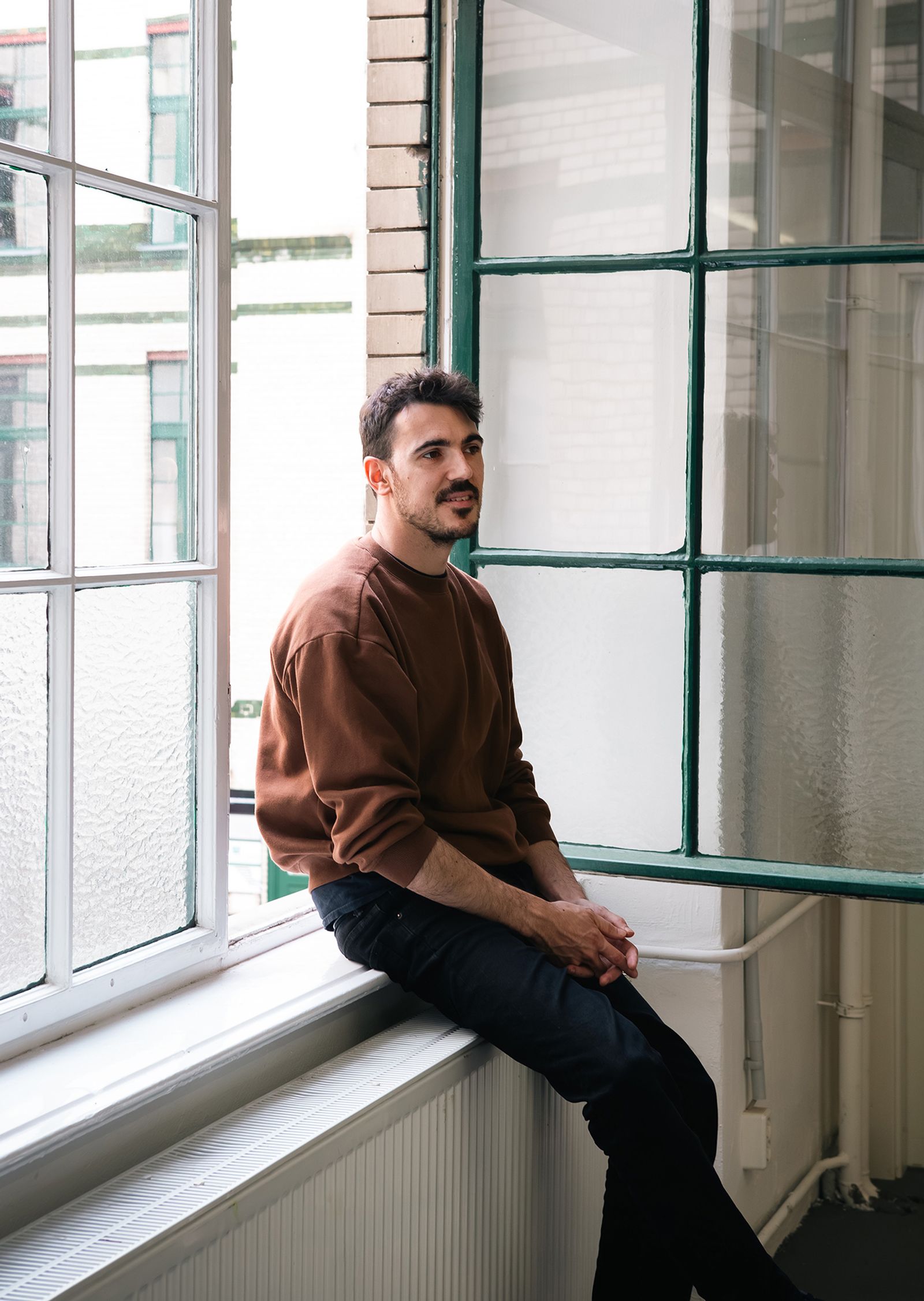
Artist-in-Residence
01.–04.2024
The work of an artist does not need to have a determined, identifiable origin. Inception and conception can evade the rigidity of a fixed point, and instead spread out across time and cognition like a liquid. When an idea forms, the focusing of its definition manifests an electricity pylon coming into view through a slowly clearing fog.
The nature of the practice, and the sources of inspiration, will have some effect on how malleable the creative process is. Painting to a brief and a deadline may require an engagement of the artistic mode like a switch, reconnecting to a particular narrative flow which has guided work from the inside. More external, environmental influences however, provide a stream of information to the observant mind, and the artist follows the fabric of their surroundings. Those who live art and embody their creative practice in this way find catalytic material for their work resting in every moment.
Paul Hutchinson’s artistic development has vague beginnings, first creating work as a means to make sense of the world. He became interested in photography fifteen years ago, studying in London and Berlin, eventually completing a masters at St. Martin’s. He now expands the still image into sound, video, text and installation work, leaving behind the single dimensionality of photography. He is a visual artist, and the breadth of his activities reflects Paul’s lasting curiosity in making work.
Paul lives and works in Berlin but has spent a lot of time abroad in his early adulthood, mostly in the UK, US, Spain, South America and Asia. Seeing and living in various evolving, sprawling conurbations, where historic, social and cultural channels weave their way in and out of people’s lives has clearly informed his practice. His work keeps a record of the remnants, artefacts, and scars, a collective residue of humankind—celebrating and criticising the nature of this existence. The snatches of colour that break up the greyness of a tower block are as weightless as a handful of dandelion seeds; in different ways they are intricate and chaotic.
Photography can sometimes leave the artist somewhat anonymous, and the subject matter has to work harder to light the synapses up. In Paul’s images this is not the case. We get to know the artist, his identity and culture. Largely through his publications, the context attached to his work reveals more about his intentions, and how they connect to his personal life. He grew up in Berlin in the 90s in the lingering shadow of the fall of the Berlin wall, immersed in local, urban youth culture. In a recent group of works created by silkscreen printing, graffiti stylised lettering is overlaid onto the photographs, recalling the mysterious traces of identities, often pushing legibility towards the asemic, left across a city through tagging. Though Paul aims to convey a more solid set of ideas with his words, the feeling of a direct and intuitive expression of information is echoed. Where a tagger evades the watch of the law or disapproving citizens, Paul evades clouding the potency of the immediate.
Although the layered meaning in a single image can contain significant substance, it’s the collation of work that applies more overarching narratives, as we sense the movement not only of the artist through a city, but through a thought process. Paul’s keenness to publicise his work in multiple formats is maybe most effective in book form; turning the pages of a book reveals a new street, subject or object whilst the resonance of the last hangs in the mind. He edits and designs most of his publications himself. They offer him a platform to independently narrate his vision and bring together the various branches of his practice. This is arguably where he is at his most powerful; delving into the artist’s geographical and cerebral journeys through the city brings us closer to him and the streets he has explored.
There is something comforting and refreshing, even within its relative darkness, about the experience of witnessing Paul’s work. It feels like world building, but within the real world, the formation of a quotidian map of an urban culture expressing itself. His curated vision of a city’s life –a collaboration between its infrastructure and the people within it– retains this humanity regardless of whether humans are present or not. Paul’s images of life being lived may be his own, but they are effortlessly relatable, reminding us of the dynamics of our existence from an aesthetic and emotional point of view. His work, like life itself, is fleeting and porous.
Text by Daniel Mackenzie Portrait by Billie Clarken
